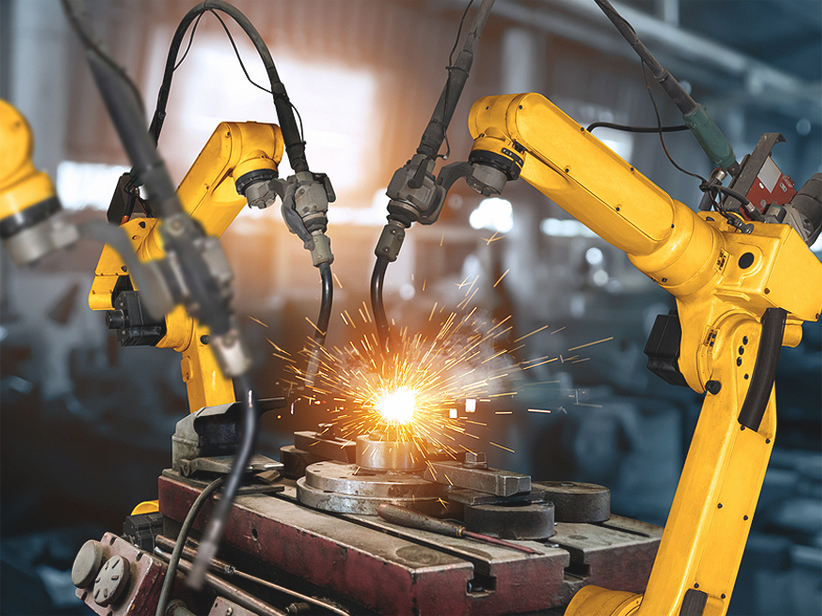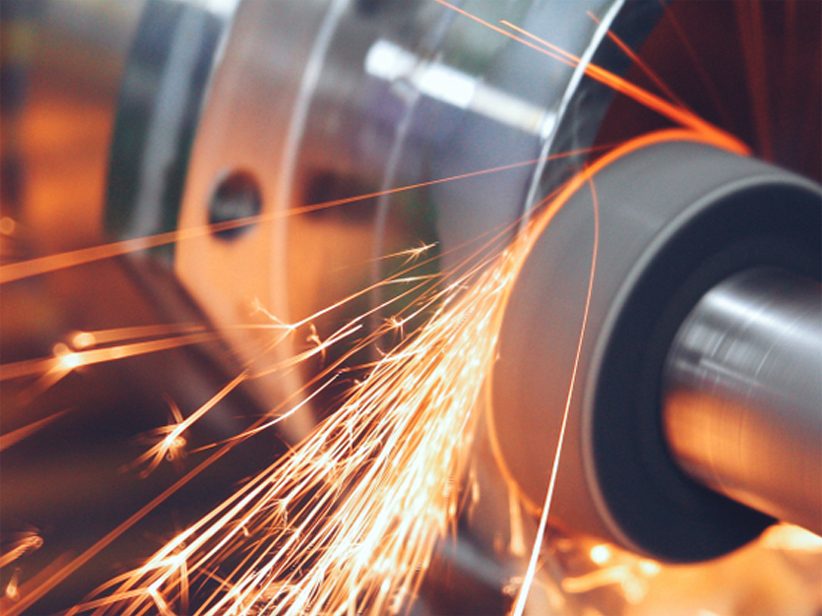Description
Stainless Steel Grade 304S (DIN 1.4306) is a high-quality austenitic stainless steel known for its excellent corrosion resistance, formability, and durability. This grade is often used in a variety of applications where strong resistance to oxidation and corrosion is required. 304S is a variant of 304 stainless steel with slightly modified properties, designed to meet specific application needs, particularly in environments where slightly enhanced resistance to corrosion is beneficial.
Chemical Composition
Chromium (Cr): 18.0 - 20.0%
Nickel (Ni): 8.0 - 12.0%
Manganese (Mn): ≤ 2.0%
Silicon (Si): ≤ 1.0%
Carbon (C): ≤ 0.08%
Phosphorus (P): ≤ 0.045%
Sulfur (S): ≤ 0.03%
Nitrogen (N): ≤ 0.10%
Mechanical Properties
Tensile Strength: 505 MPa (73,000 psi) min
Yield Strength: 215 MPa (31,200 psi) min
Elongation: 40% min in 50 mm
Hardness: Brinell Hardness ≤ 201 HB
Thermal & Physical Properties
Density: 8.00 g/cm³
Melting Point: 1400 - 1450°C (2550 - 2650°F)
Thermal Conductivity:16.2 W/m•K
Specific Heat Capacity: 500 J/kg•K
Coefficient of Thermal Expansion: 16.0 x 10^-6 /K (20 - 100°C)
Other Designations
DIN: 1.4306
AISI/ASTM: 304S
UNS: S30400
JIS: SUS304
Fabrication and Heat Treatment
Cold Working:Grade 304S can be easily cold worked using standard techniques such as rolling, bending, and stamping. Cold working increases its hardness and strength.
Welding: It exhibits good weldability using standard welding methods such as TIG, MIG, and resistance welding. Recommended filler metals include those with similar alloy compositions.
Heat Treatment: Typically, 304S is used in the annealed condition. Heat treatment is not commonly required, but if performed, the temperature should be kept between 1010 - 1120°C (1850 - 2050°F) and followed by rapid cooling to retain corrosion resistance.
Machinability: It has good machinability, though it may work-harden during machining. Appropriate cutting tools and techniques should be used to manage work-hardening.
Applications
Architectural: Cladding, structural components, and interior fittings.
Food Processing: Equipment and machinery in contact with food.
Chemical: Tanks, piping, and equipment in various chemical processing applications.
Automotive: Exhaust systems, trim components, and other parts exposed to moderate temperatures and environmental conditions.
Medical: Surgical instruments, medical equipment, and other devices requiring high cleanliness and corrosion resistance.
Supplied Forms
Bars:Round, square, and hexagonal shapes.
Wires
Features
Excellent Corrosion Resistance: Suitable for use in most environments, including those exposed to moisture and chemicals.
Good Formability: Easily formed into various shapes and sizes.
High Strength and Durability: Provides structural strength and resistance to mechanical wear.
Non-Magnetic: Reduces the risk of carbide precipitation and improves weldability.
Ease of Cleaning: Smooth surface is easy to clean and maintain, making it ideal for sanitary applications.






